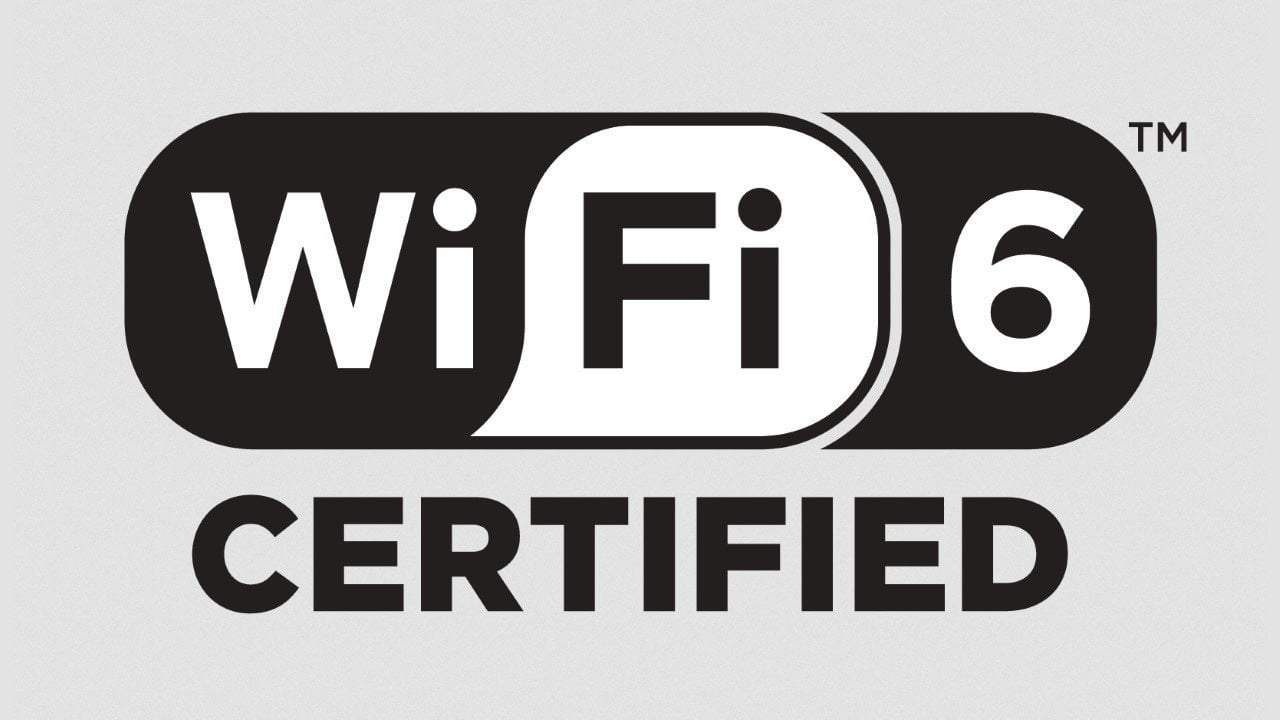
The new Wi-Fi 6 standard – also known as IEEE 802.11ax or High Efficiency Wireless (HEW) – offers new possibilities for operating in so-called "high-density environments." In areas with a high number of Wi-Fi clients – and in the future, increasingly IoT devices – it reduces collisions when these clients operate simultaneously and also increases overall throughput.
The Institute of Electrical and Electronics Engineers (IEEE) has proposed the Wi-Fi 6 standard to combine the freedom of movement and super-high speed enabled by wireless Gigabit Ethernet connections with the reliability and predictability of licensed spectrum.
Compared to older standards, WiFi6 offers the advantage of lower latency per WLAN client. WLAN is no longer just about speed, but about increasing the average throughput per WLAN client, especially in high-density environments.
What are the advantages of WiFi6?
Wi-Fi 6 allows enterprises and service providers to deploy new and emerging applications on the same wireless LAN (WLAN) infrastructure as legacy applications, while improving the quality of service for legacy applications. This can lay the foundation for new business models and increased Wi-Fi adoption.
Will WIFI 6 be compatible with 802.11ac ?
Like all other Wi-Fi advancements in recent years, Wi-Fi 6 will be backward compatible. The new standard will build on existing technologies and make them more efficient.




Split:
MIST AP41 Access Point WIFI5 BLE IoT
WIFI6 802.11ax Networks Planning Surveying